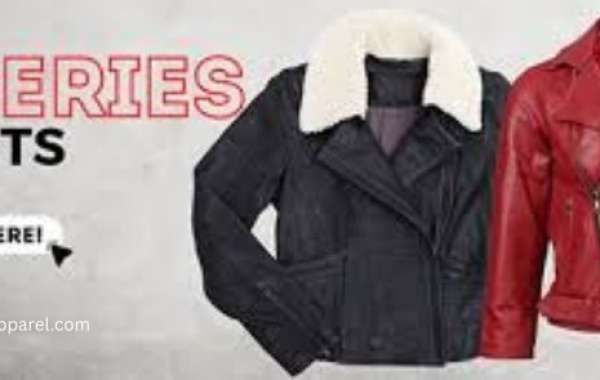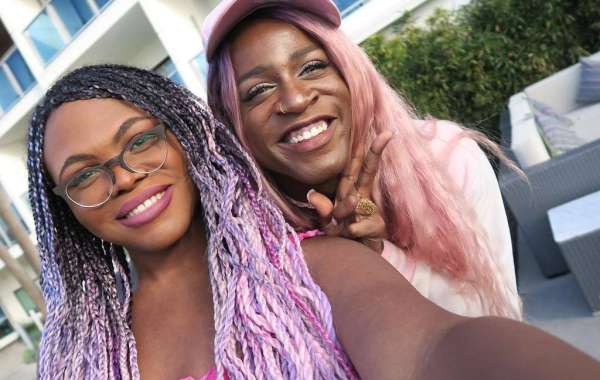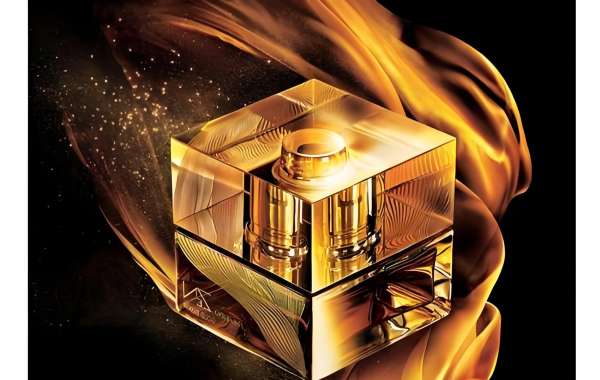Leather Jackets TV Series: A Stylish Legacy on Screen
Television has always been a mirror to culture, reflecting society’s trends, attitudes, and fashions. One of the most enduring and iconic symbols of on-screen cool is the leather jacket. From tough-as-nails detectives to rebellious teens, leather jackets have become shorthand for charisma, danger, and style. Over decades, countless TV series have featured unforgettable characters who made the leather jacket more than just outerwear—it became part of the storytelling itself.
In this article, let’s explore the history, significance, and enduring appeal of the leather jackets tv series phenomenon. We’ll look at famous examples, how costume designers use them to build character, and why viewers remain fascinated with this timeless piece of clothing.
The Leather Jacket: A Symbol of Attitude
First, it helps to understand why the leather jacket has such cultural weight. Originally designed for pilots and military use in the early 20th century, leather jackets were prized for their durability and protection. By the 1950s, however, they had transformed into a rebellious fashion statement thanks to movies like The Wild One, in which Marlon Brando’s biker jacket embodied defiance and danger.
That spirit carried over to television. Whenever a show wanted to communicate that a character was edgy, fearless, or misunderstood, the leather jacket became an instant visual cue. It wasn’t just about fashion—it was about attitude.
1950s–1970s: The Early TV Icons
The golden age of television produced a few early examples of characters in leather jackets, but it really took off in the 1970s with Henry Winkler’s portrayal of Arthur “Fonzie” Fonzarelli on Happy Days. The Fonz is arguably TV’s first leather-jacket superstar. His black motorcycle jacket was central to his cool-guy image: part bad boy, part heart of gold.
Fonzie’s look wasn’t just costume—it was character development. He represented the rebel who wasn’t really dangerous, just misunderstood. The jacket signaled toughness but also hinted at loyalty and vulnerability. In many ways, it set the template for how leather jackets would be used in television for decades to come.
1980s: Action Heroes and Detectives
The 1980s saw leather jackets become standard issue for TV action heroes and gritty detectives. Think of Miami Vice, where Don Johnson’s Sonny Crockett sometimes swapped tropical suits for sleek leather jackets during undercover ops. Or Knight Rider, with David Hasselhoff’s Michael Knight sporting a black leather jacket while fighting crime with his AI-powered car, KITT.
These jackets did more than just look good—they helped define the genre. In detective shows, they separated the rule-bending hero from the buttoned-up bureaucrat. In action-adventure series, they provided a touch of danger and street credibility. Costume designers understood the power of the leather jacket to instantly communicate a character’s worldview without a single line of dialogue.
1990s: The Grunge and Urban Edge
The 1990s brought an even more diverse use of leather jackets on TV. The era’s darker, moodier storytelling styles needed wardrobes to match. Shows like The X-Files featured FBI agents in trench coats and leather jackets, projecting grit and realism. Buffy Summers in Buffy the Vampire Slayer often wore leather jackets to emphasize her dual life as a high school student and monster slayer.
Meanwhile, sitcoms and teen dramas picked up the look too. On Friends, Joey Tribbiani’s love of leather jackets became part of his “ladies’ man” persona. In Beverly Hills, 90210, Dylan McKay’s leather jackets helped cement his image as the brooding bad boy with a soft side.
These examples show how leather jackets could adapt to different genres—crime thrillers, supernatural dramas, or even lighthearted comedies—while always suggesting a little danger and a lot of personality.
2000s: Antiheroes and Complexity
By the 2000s, TV had embraced complex characters, and leather jackets evolved right along with them. Take Supernatural, where Sam and Dean Winchester roamed America in classic leather jackets. Their clothes underscored the show’s Americana aesthetic while also signaling they were outlaws in their own way—monster hunters living on the fringes of society.
Similarly, in 24, Kiefer Sutherland’s Jack Bauer often wore leather jackets to match the show’s high-stakes intensity. The wardrobe choice emphasized his ruggedness and willingness to break the rules for the greater good.
The jacket was no longer just a symbol of “bad boy” rebellion—it became a sign of depth, internal conflict, and moral ambiguity.
2010s: Prestige TV and Iconic Costuming
As television entered the “prestige” era, leather jackets remained essential costume elements but with more subtlety and thoughtfulness. In Jessica Jones, Krysten Ritter’s character wears a black leather jacket that feels like armor. It’s practical, lived-in, and reflects her trauma and cynicism.
In The Walking Dead, Rick Grimes’ leather jacket becomes a visual record of his journey from sheriff to hardened survivor. As it gets more battered, it mirrors his internal struggles and the harsh world he inhabits.
Costume designers in this era use leather jackets to tell layered, sophisticated stories. It’s not just about looking cool—it’s about showing who these characters really are.
2020s and Beyond: Reinvention and Diversity
Modern TV continues to find new ways to use leather jackets. They appear on superheroes, antiheroes, and everyday people alike. Shows like Stranger Things pay homage to earlier decades with vintage-inspired jackets, while contemporary dramas use them to signal confidence, style, or emotional armor.
Importantly, today’s TV series feature a more diverse range of characters in leather jackets. Women, people of color, LGBTQ+ characters—everyone gets to claim the power and mystique of the look. It’s no longer a one-note symbol of white male rebellion. Instead, it’s become a versatile storytelling tool, signaling complexity for any character who wears it.
Behind the Scenes: Costume Design Magic
All this doesn’t happen by accident. Costume designers carefully choose leather jackets to help the audience understand a character at a glance. Color, fit, style, and wear all matter. A pristine, tailored jacket suggests control and polish. A beat-up, weathered one tells of experience and hardship.
For viewers, these subtle details create instant emotional connections. We feel that the character has history. We sense their danger, their vulnerability, or their cool confidence. That’s why leather jackets remain such a powerful part of TV storytelling.
Why We Still Love It
The appeal of the leather jackets tv series look endures because it combines timeless style with universal themes. Everyone understands the allure of rebellion. Everyone recognizes the symbolism of protection and toughness. And everyone appreciates a character who isn’t afraid to show a little edge.
Even as TV evolves, the leather jacket continues to adapt. It’s a chameleon, capable of expressing everything from raw emotion to icy control. And that’s why it’s not going away anytime soon.
Real-World Influence
Of course, television doesn’t just reflect culture—it shapes it. Generations of viewers have copied the leather jacket styles they saw on their favorite shows. Retailers know this well, often marketing jackets as being “like your favorite TV hero.” Brands like Zing Apparel have capitalized on this by offering high-quality replicas and inspired designs that let fans channel their on-screen idols in real life.
Fashion is cyclical, but the leather jacket has never truly gone out of style, thanks in large part to its constant presence on television.
Conclusion: A Legacy of Cool
From Fonzie to Jessica Jones, leather jackets on TV have been much more than fashion choices. They’ve been essential storytelling tools, defining characters and eras. They speak of rebellion, protection, complexity, and style. They’re accessible yet aspirational—something any viewer can admire or even imitate.
As TV continues to evolve, so will the ways it uses leather jackets. But one thing is certain: the leather jacket’s reign as the ultimate symbol of cool is far from over. And the next time you see your favorite character slip one on, you’ll know you’re about to see something worth watching.








